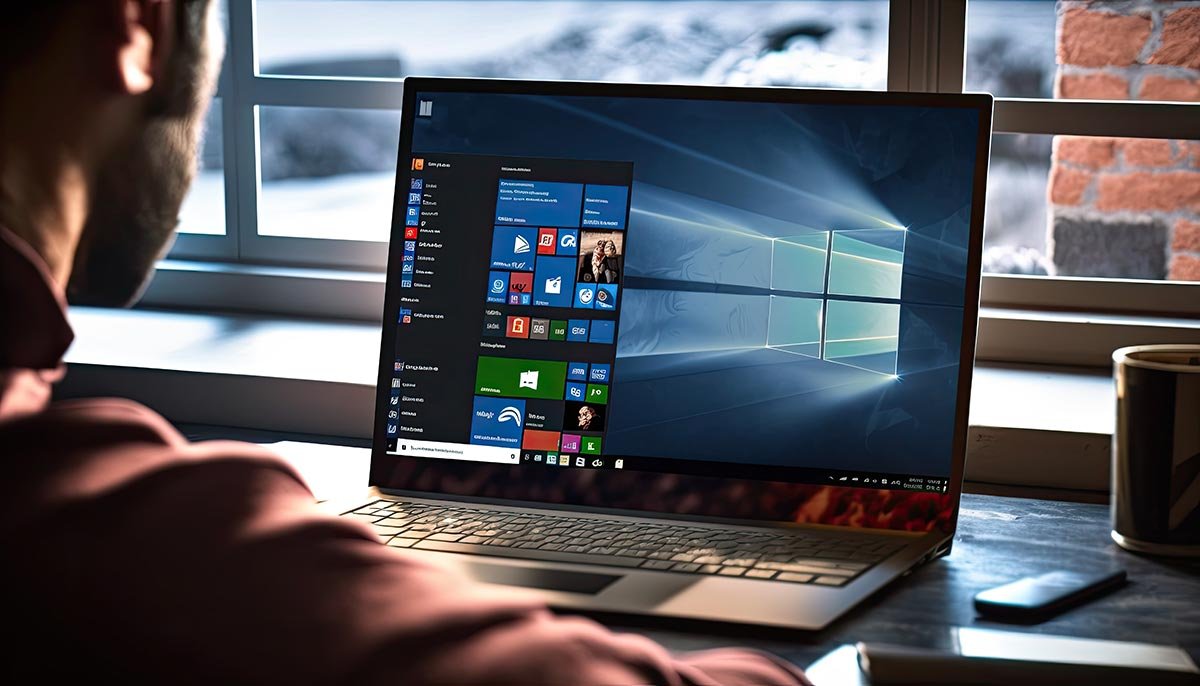Switching to a new Windows PC can be an exciting yet daunting experience. Whether you’re upgrading for better performance, new features, or simply because your old PC is no longer cutting it, the transition process is something that many find overwhelming. But don’t worry! This guide will walk you through every step of the journey, ensuring a smooth and hassle-free switch to your brand-new Windows PC.
Preparing for the Switch
Before you even touch your new PC, it’s essential to prepare adequately. Start by assessing your current PC needs. What do you use your computer for? Are you a gamer, a professional needing productivity tools, or a casual user? This self-assessment will guide your choice in selecting the right new PC.
Next, research the right Windows PC that fits your needs and budget. Check out various models, read reviews, and compare specifications. Don’t forget to factor in budget considerations. You want a PC that offers the best value for your money, balancing performance and cost.
Backing Up Your Data
The most crucial step before switching to a new PC is backing up your data. Losing files can be disastrous, so this step cannot be skipped. There are several methods to back up your data:
- External Hard Drives: These are portable and offer a straightforward way to copy your files.
- Cloud Storage Solutions: Services like Google Drive, OneDrive, and Dropbox provide secure online backups.
- Network Attached Storage (NAS): If you have a home network, NAS devices can offer a robust backup solution.
Transferring Your Data
Once your data is backed up, it’s time to transfer it to your new PC. There are a few ways to do this:
- Using Windows Easy Transfer: A tool provided by Microsoft to simplify the transfer process.
- Manually Transferring Files: You can copy files directly from your backup drive to your new PC.
- Utilizing Cloud Services: If you use cloud storage, simply download your files onto the new machine.
Setting Up Your New Windows PC
Now that your data is safe, let’s set up your new PC. Start with unboxing and the initial setup. Follow the on-screen instructions to install Windows and configure basic settings. Ensure you install the latest Windows updates to keep your system secure and up to date. Don’t forget to set up user accounts for everyone who will use the PC.
Installing Essential Software
With the basics in place, it’s time to install essential software. This includes:
- Office Suites and Productivity Tools: Programs like Microsoft Office or Google Workspace.
- Security Software: Antivirus and firewall applications to protect your PC.
- Browsers and Internet Tools: Install your preferred web browsers and any necessary internet tools.
Customizing Your New PC
Make your new PC feel like home by customizing it. Personalize your desktop with wallpapers and themes, configure system settings to your liking, and set up preferences and shortcuts that match your workflow.
Transferring Applications
Transferring applications from your old PC can be tricky. You might need to reinstall the software from scratch or use software transfer tools that can migrate applications and their settings. Remember to handle licensing and activation properly to avoid any issues.
Migrating Settings and Preferences
To retain a sense of continuity, migrate your settings and preferences. Syncing with your Microsoft account can help transfer some settings automatically. Don’t forget to transfer browser settings, bookmarks, and import your email and calendar data.
Ensuring Data Security
Security is paramount. Set up antivirus and firewall software to protect against threats. Enable System Restore so you can revert to a previous state if something goes wrong. Regular backups are also essential to prevent data loss.
Optimizing Performance
Keep your new PC running smoothly by optimizing its performance. Manage startup programs to reduce boot time, use disk cleanup and defragmentation tools to keep the system tidy, and regularly update drivers for the best performance.
Getting Used to Windows 11 Features
If you’ve upgraded to Windows 11, take some time to explore the new interface and features. Customize the Start Menu and Taskbar to your preference, and make use of new tools and functionalities to enhance your user experience.
Troubleshooting Common Issues
Even with the best preparation, you might encounter some issues. Be prepared to deal with compatibility problems, fix performance issues, and know where to access support resources if you need help.
Maximizing Productivity
Maximize your productivity with features like virtual desktops and keyboard shortcuts. Integrate your PC with mobile devices for seamless workflow and enjoy a more efficient computing experience.
Conclusion
Switching to a new Windows PC doesn’t have to be stressful. By following these steps, you can ensure a smooth transition, allowing you to enjoy all the benefits of your new system without the headaches. Happy computing!
FAQs
What Should I Do If My New PC Doesn’t Start?
First, check all connections and power sources. If everything seems fine and it still doesn’t start, consult the user manual or contact customer support for assistance.
How Can I Speed Up My New Windows PC?
Disable unnecessary startup programs, perform regular disk cleanups and ensure your drivers are up to date. These steps can help maintain optimal performance.
What Are the Best Backup Methods?
External hard drives, cloud storage solutions, and network-attached storage (NAS) are all excellent backup methods. Choose the one that best fits your needs.
How Do I Transfer Software Licenses?
Check the software’s licensing terms. Some applications allow easy transfer via account login, while others may require contacting customer support for reactivation on the new PC.
Is It Necessary to Use Antivirus Software on a New PC?
Yes, it’s crucial to have antivirus software to protect against malware, viruses, and other security threats. Even new PCs are vulnerable without proper protection.


